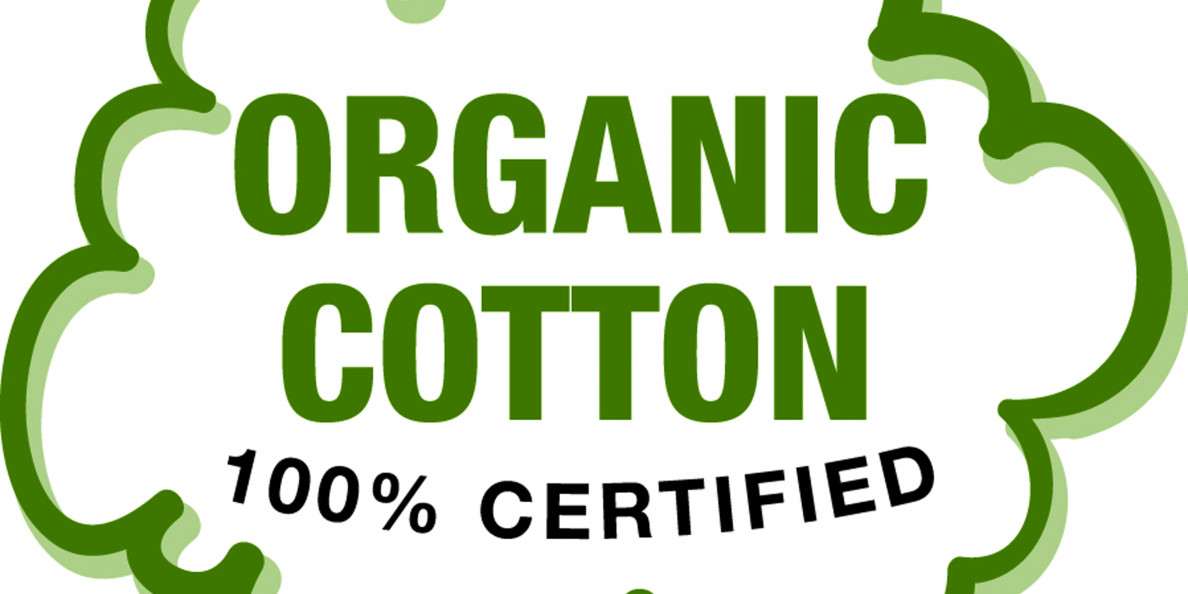BRETT MATHEWS
TEXAS – Latest figures show global organic cotton output rose by 10 per cent to 117,525 MT in the 2016/17 season. Data from Textile Exchange also shows there is a huge area of cotton-growing land in transition to organic – 214,863 ha in total – suggesting strong growth over the next few years. This is the equivalent of half of all the current certified land area. Over 80 per cent of this in-conversion land is in India, with the remainder stemming primarily from Pakistan, China, Tanzania, and Turkey.
The 2018 Organic Cotton Market Report (OCMR) shows global organic cotton production grew 10 per cent over the prior year, with the largest volumes coming from India, China, Turkey and Kyrgyzstan. While organic still occupies less than 1 per cent of global cotton production, many countries have growth in the double-digits.
It has been a rocky few years for the organic cotton sector. After hitting a production peak of almost 250,000 MT in the 2009-10 season, the sector failed to kick on, and it has been pretty much downhill all the way since then, while other certification schemes such as BCI cotton have flourished.
Despite the sector’s flagging fortunes, Textile Exchange has remained steadfast in the intervening years that with the right conditions and support, the market could turn the corner and that demand from brands could be translated into growth in the sector.
Reflecting on the fortunes of the sector, La Rhea Pepper, managing director, Textile Exchange said: “Earlier this year, we asked – would a more connected community support organic cotton to have a larger collective impact?
“As a part of this deep reflection, we spoke with many of you, hearing directly and indirectly some clear desires. While we know impressive work is being done and organic cotton production is up this year, we also know we are nowhere near where we need to be to have the level of impact we know the sector could have. One concern we have heard loud and clear is the fragmentation of the sector and lack of required aligned leadership.
“We therefore looked for best practice models that demonstrate what it takes to move from isolated impacts to a collective, connected impact.
“Starting with the Organic Cotton Accelerator (OCA) and Textile Exchange’s Organic Cotton Round Table (OCRT), discussions are in place to plan on how to work more closely to support a more connected community and sector-wide collective impact.”
Source: apparelinsider.com

